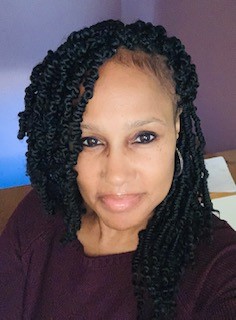Child welfare philanthropic and policy organizations across the country have started to make investments to address racial disparity and disproportionality. Some of these investments include disaggregating data by race, policy and practice reviews, and community engagement. But what about the evidence-based practices (EBPs) approved or in process for approval with the IV-E Prevention Services Clearinghouse?

A great deal of time and resources have been dedicated to the clearinghouse, which was established to decide which programs can be funded under the Family First Prevention Services Act. There are mixed opinions about its efficacy and efficiency so far but, ultimately, it is the decision-maker that identifies what is considered an evidence-based practice in child welfare.
It is time to look at not only the approved EBPs under the Family First Act and what role they might play in the perpetuation of racial disparity and disproportionality, but also how exclusionary the criteria and methodology can be to culturally specific or localized community-based practices.
GPS Consulting Group conducted a brief survey of child welfare professionals – including some with lived experience – and learned they were unaware of approved EBPs that have been developed to be culturally responsive or by programs or organizations that center (or are rooted) in race equity. In addition, the clearinghouse does not apply or require a racial equity lens for approval. As a result, they are too often implemented through white normative standards, and rarely evaluated for efficacy in non-white populations.
There is a serious flaw in the process. The research community has yet to develop the tools to study and evaluate services beyond the first proposition of, “does this intervention work?” We must go beyond that and start asking: “What interventions work for whom, and in what context?”
The impact of systemic racism needs to be taken into consideration as many of these blanket practices do not take diverse community needs into consideration during implementation. This fails to leverage family-centered practice or culturally responsive programs.

Due to the overrepresentation of Black and brown families involved in the child welfare system, finding tangible ways to meet their needs is critical. First and foremost, we need to ensure that Black and brown families are diversely and fully represented in the creation and design of policies, practices, supports and resources, in addition to the evaluation process.
With this engagement, families and communities can tell the “system” what they need and inform what does and what does not work. Families of color should have opportunities to lend their collective voices and expertise if interventions for their communities are to be effective.
Building a culture of safety is paramount to having ongoing discussions about racism and its impact in child welfare. Moreover, funds must be available to Black and brown providers who work with communities and have trusting relationships with families. Of equal importance is an “on-ramp” for services that meet the needs of families of color.

Existing data from families and communities of color can guide prevention programs and services in the areas of economics, health, education, housing and other areas of need. Every intervention should be based on a human-centered design approach that partners with families and community as well as targeted approaches to address disparity and disproportionality.
Sustainability plans should be developed to address racial equity in the Family First Act. The law was designed to support families and keep children at home when that is safe, and, according to national child welfare data, children of color are removed from their parents at far higher rates than their white counterparts. Therefore, it is imperative that families of color are centered in every aspect of the implementation of every intervention.
Interventions should be flexible enough to address communities’ unique needs. Adapted or adjusting data tools that will measure the effectiveness of “non-traditional” interventions ought to be considered. Genuine engagement, meaningful partnerships and shared leadership are the cornerstones of race equity work. We must bridge the race equity gap in creating frameworks that center race equity and improve outcomes with families who have been impacted the most.





